Economic analysis and environmental impacts of water harvesting techniques in the low rainfall areas of Jordan

Authors:
Water harvesting has become an important priority for supporting
the increasing population in the low rainfall areas of Jordan. The specific
objectives of this paper are to assess the economic and environmental impacts
of different water-harvesting techniques in Jordan’s Badia region. Cost benefit
analysis (CBA) was used to estimate the economic impact of using water
harvesting techniques. A simple simulation model was used to estimate the
environmental indicators related to biomass productivity of barley and shrubs
and soil erosion. The internal rate of return (IRR) showed that planting barley
with water harvesting was more feasible (IRR 17%) than the farmers’ practice
of planting barley (IRR 7.85%). The study concluded that the valuation and
assessment of environmental benefits associated with implementing water
harvesting techniques is important for justifying the public investment for these
techniques in the dry areas of Jordan.
